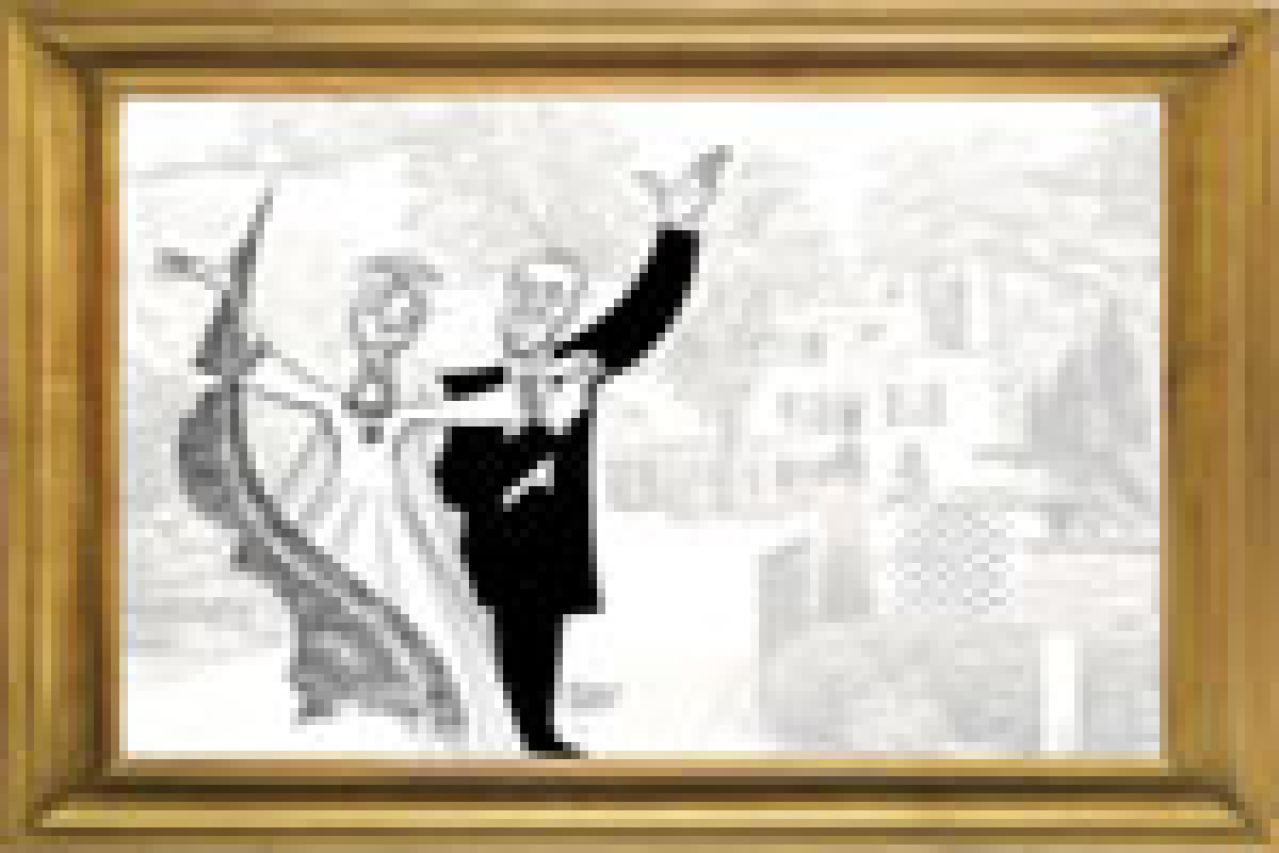Ten Chimneys

(© Carol Rosegg)
In Jeffrey Hatcher’s unruly, though not unrewarding, Ten Chimneys, now at Theatre at St. Clement’s, the playwright examines an unconventional marriage for the glue holding it together. This isn’t just any unconventional marriage, however, it’s the union between Alfred Lunt (Byron Jennings) and Lynn Fontanne (Carolyn McCormick), who were once considered to be the country’s most famous and most masterful acting couple.
The action opens in October 1937 at the couple’s Wisconsin estate (admirably recreated by Harry Feiner) – later known as Ten Chimneys – as they’re rehearsing a scene for an upcoming production of Chekov’s The Seagull. As they attempt to get their lines right, Alfred’s overbearing mother, Hattie Sederholm (Lucy Martin), holds sarcastic court, and his half-brother Carl (John Wernke) and half-sister Louise (Charlotte Booker) potter around, frequently in servile capacity, adding to the already heated atmosphere.
They are soon joined by two members of the Lunts’ acting company, actor Sidney Greenstreet (Michael McCarty) and young Uta Hagen (Julia Bray), who is playing Nina in the impending enterprise — and who serves here as a reason for Lynn to flaunt some jealous moments.
However, the often forthcoming Uta isn’t the only cause of Lynn’s flamboyant distress. She later becomes upset when she learns that Ray Weaver, a close school chum of Alfred, is apparently passing through the neighborhood and has put up at the local fleabag hotel.
As Hatcher lays the foundation of the piece (which ends with a coda set in 1945), he includes two amusingly instructive scenes – about how to apply make-up properly and how to deliver overlapping dialogue effectively – that actors (or those who love acting) will surely appreciate.
However, he takes his time getting around to his point, which is that the Lunts’ devotion to the theater and to the partnership that’s made their linked names so significant explains their long union — regardless of whatever sexual chemistry they may or may not enjoy when the curtain falls.
Unfortunately, in doing so, Hatcher feels obliged to portray Alfred, Lynn, and their associates as if they spoke in real life just as they did when someone like Noel Coward (who’s mentioned several times) was writing their dialogue. And while Hatcher’s reach too often exceeds his grasp, Jennings, McCormick and their cohorts end up giving vivid-enough performances, under Dan Wackermann’s direction, to keep Ten Chimneys in working order.











